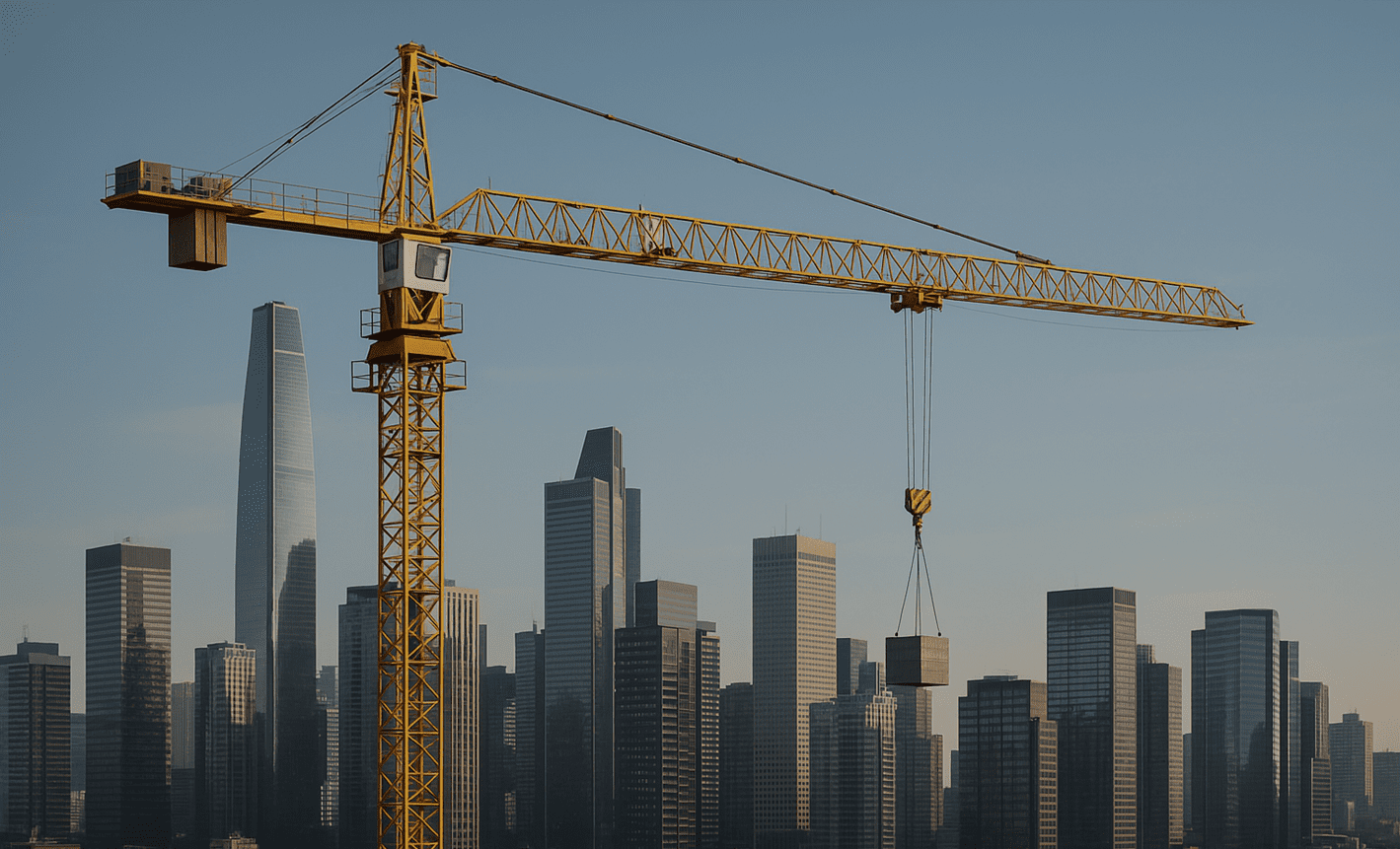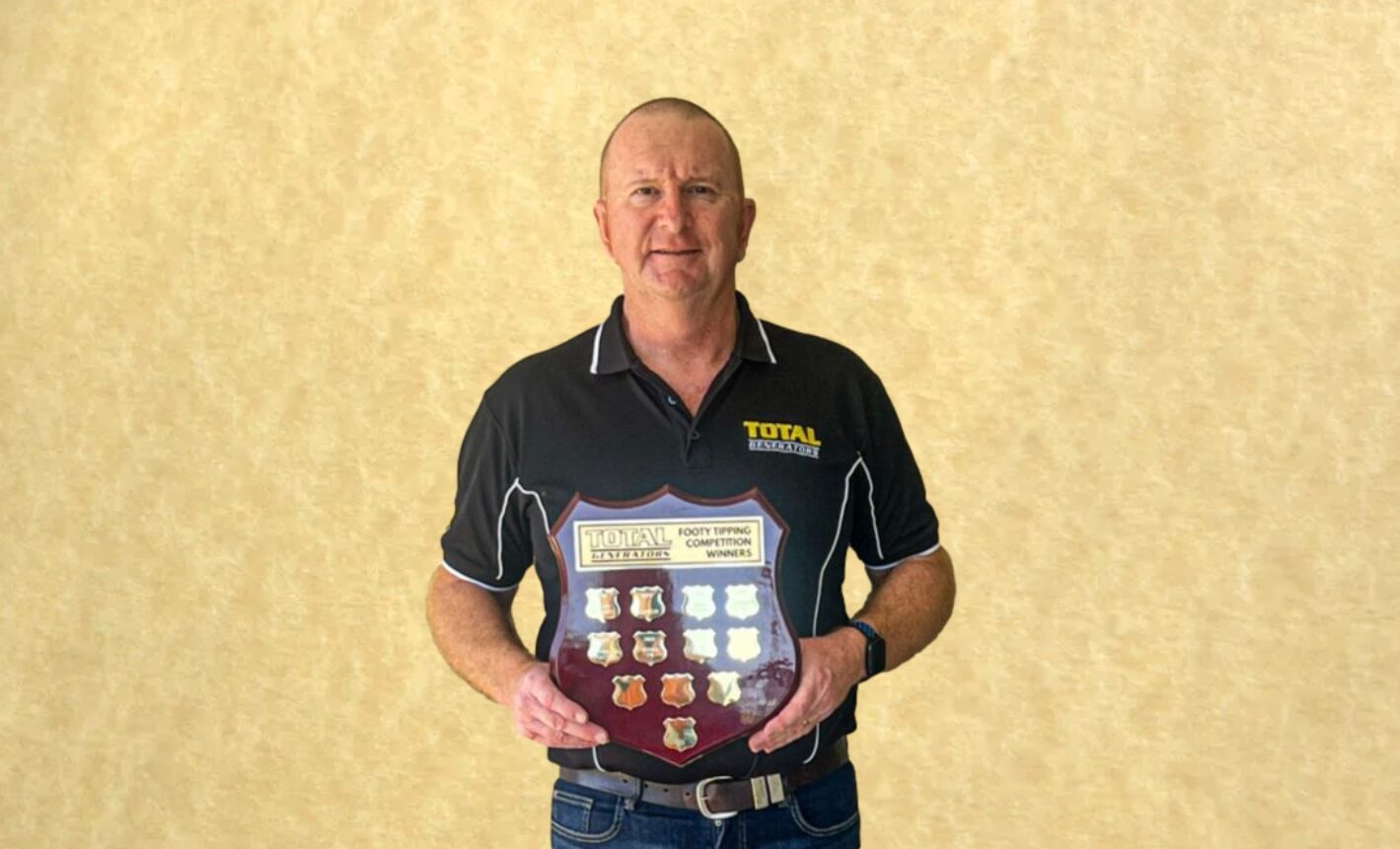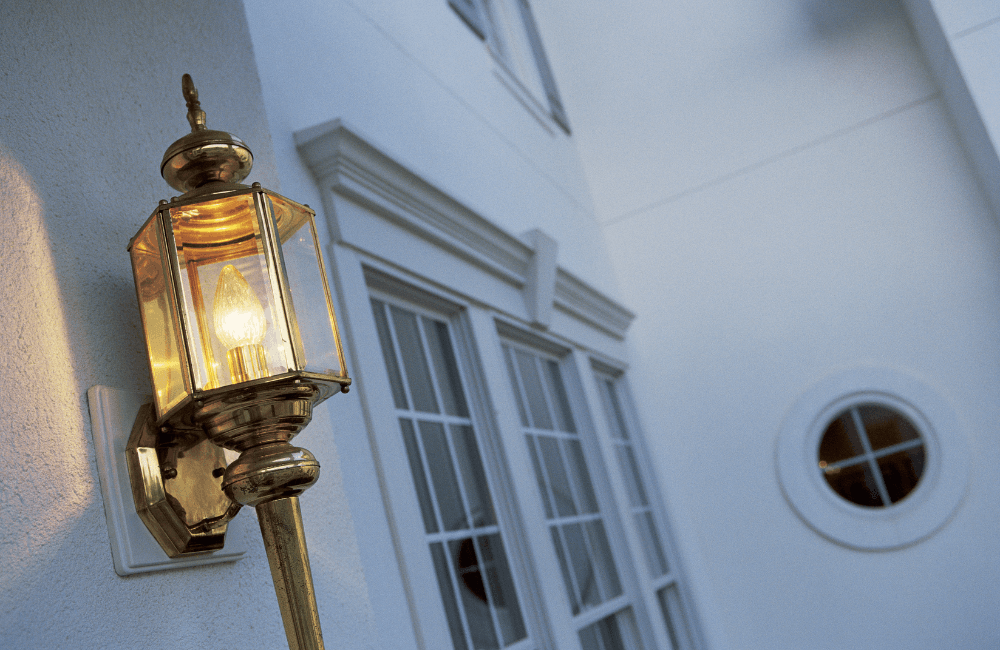
What Size Generator Will I Need as Back-Up Power for a House in Australia?
In an age where everything relies on a continuous supply of electricity to run, operate, or charge; losing power due to load shedding, an electrical fault, repairs and maintenance, a storm or any other reason is extremely inconvenient. The situation is exacerbated if the power remains off for hours (or even days). In this case, a power generator for your home comes in very handy.
Having a reliable generator on standby gives you peace of mind, knowing you can fire it up the moment the grid goes down. However, it’s important to choose the right size generator for your needs. You wouldn’t want something too big or a generator that simply doesn’t have enough power. Find out the answer to “What size generator for a house in Australia?” as you read along. We’ll also delve into directions on how to connect a generator to your house in Australia and more.
Read on to learn more about power generators for your home and which size will serve your needs best.
The Sizes of Generators
To better understand what size generator is for a house in Australia, it’s handy to know a little more about different size generators. When it comes to power generator hire or generator sales, you’ll have a much clearer picture of what you’ll need.
Many generators are big and have been designed for industrial and commercial applications. For the most part, any generators in this size range will usually be overkill as a power generator for the home. At Total Generators, we have generators that range from 10kVA generators right up to 1250kVA generators.
KVA, or kilo-volt-amperes is the measure of the output capacity a generator is capable of producing under normal operation. If someone is hosting a special event, they may hire several generators in 100kVA or higher to power up the event. For industrial and mining operations, the chosen size could be considerably higher.
You won’t need the kind of robust power generator to light up a typical family home. So, what size generator for a house in Australia? Often, you’ll only require a generator under 100kVA to supply electricity for a stand-alone home or townhouse. You’ll also need to know how to connect a generator to your house in Australia when you hire or buy one.
Diesel Generator vs Solar Generator
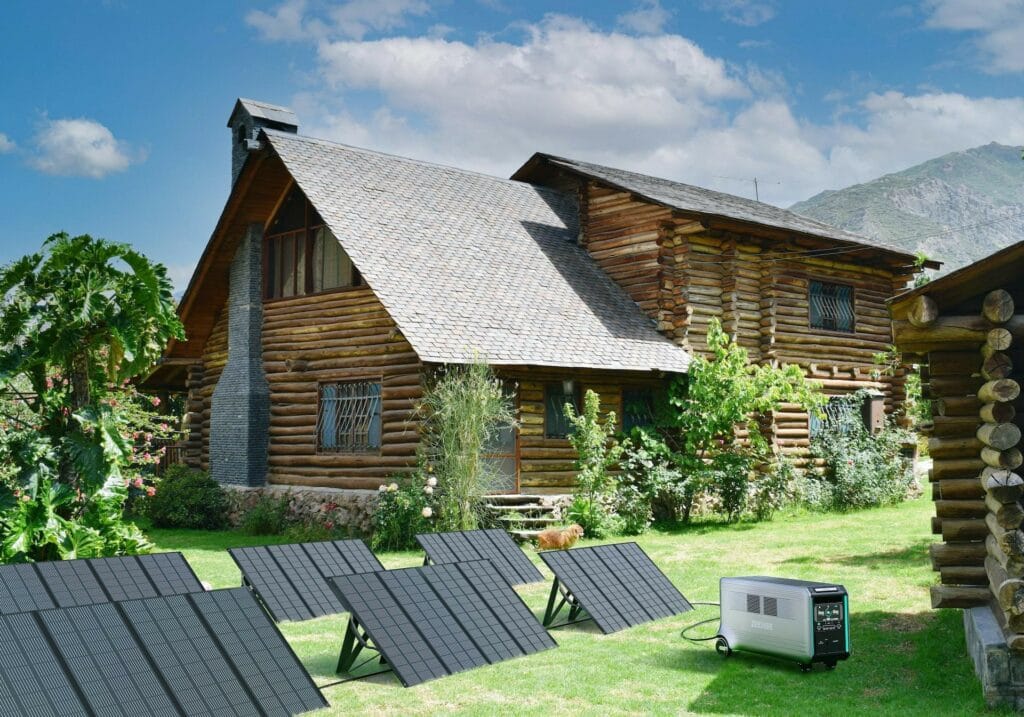
Living in times where renewable and clean energy is always in focus, you might be trying to decide between a diesel generator or a solar powered generator. The good news is that both types of generators are robust.
A solar-powered generator is more economical to run as it doesn’t run on fuel. However, on the flip side, diesel generators offer reliability. If power is out, due to poor weather or you may want to operate your generator all through the night, a diesel generator is your solution.
Solar-powered generators are quiet and efficient, whereas diesel generators can be rather noisy and they also emit exhaust fumes. If you’re looking to purchase a generator rather than hire one, diesel generators tend to be cheaper than solar generators. Despite this, there are still things to consider with diesel generators such as fuel costs and hazards associated with operating diesel generators.
As you can see, there are distinct advantages and disadvantages to both types of generator but for the ultimate in reliability, the better bet would be a diesel generator. They are great at ensuring a continuous and uninterrupted supply of electricity when the power goes off.
Let’s now dig deeper into what size generator is for a house in Australia.
Generator Size Suitable for Home Backup Power
Having backup power for your home will give you peace of mind. If the power goes out during an electrical storm; your local energy company is performing repairs and maintenance; or an electrical fault somewhere in the grid causes a blackout, knowing you can start up a generator and continue to live normally until power is restored is reassuring and convenient. Other things that can cause blackouts include a car accident taking out a power pole, bushfires, flooding, fallen trees in high winds, heatwaves and more.
So, how do you determine what size generator for a house in Australia?
A number of factors can come into play. Generally speaking, you’ll require a generator with a little more capacity to comfortably power up a family home as compared to a smaller townhouse. Another very important consideration is what exactly will the generator be powering up.
If your home consists of many different appliances and you plan to use most of them with generator power, this will require a generator with a larger capacity to run all these appliances. On the other hand, if you only require the generator for essential services such as lighting, you’ll be able to get by with a generator that operates on a lower kVA. Consider the appliances you’ll be using and make a note of their typical power consumption, add up the approximate wattages of everything that will be running, and you’ll get a better idea of the generator size needed.
For the bare minimum power usage during an outage, a 10kVA generator is generally good enough. If you’re planning to power up your entire home, you might consider a generator in the 50kVA to 70kVA range. A townhouse can usually operate comfortably with a 10kVA-20kVA generator as a backup power source.
In summary, you’ll typically be looking to buy or hire 10kVA-70kVA generators.
How to Connect a Generator To Your House
Now that we’ve established what size generator for a house in Australia, the next step in the puzzle is how to connect a generator to your house in Australia.
The best and safest way to connect a generator to your house on a more permanent basis is to have a transfer switch installed in the meter box by a licensed electrician. When the power goes off, it’s simply a matter of firing up the generator and flicking the transfer switch to go from mains power to generator power.
If you only wish to power up a lamp for lighting and run a few appliances or chargers, you could run an extension cord from the generator for temporary power on a low-level usage scale. Distribution boards and switchboards can also be used to distribute power throughout the home by dividing the main electrical feed into smaller branch circuits.
To learn more about how to connect a generator to your house in Australia, consult your local generator experts at Total Generators. We can advise you on the best way to have your home connected to generator power and arrange that connection.
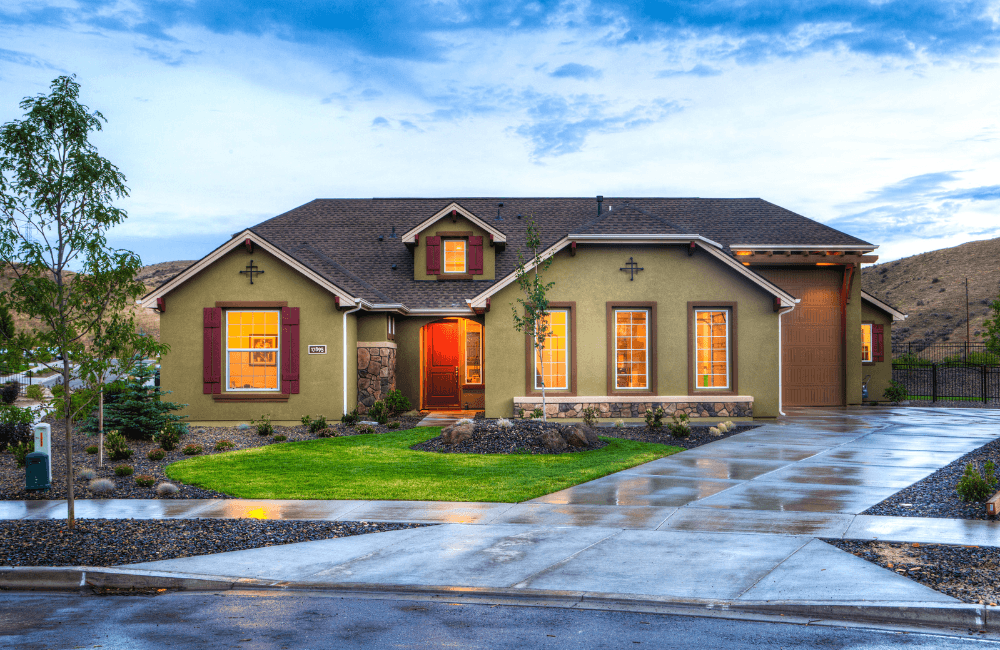
Hire or Purchase Your Home Generator with Total Generators
Now that you have a better understanding of what size generator is for a house in Australia, it’s time to talk to Total Generators about hiring or purchasing the right generator for your needs. If you’re still unsure about the size, give us a rundown on your requirements and we’ll match you up with a generator that will suit you perfectly. Get in touch with Total Generators today.

